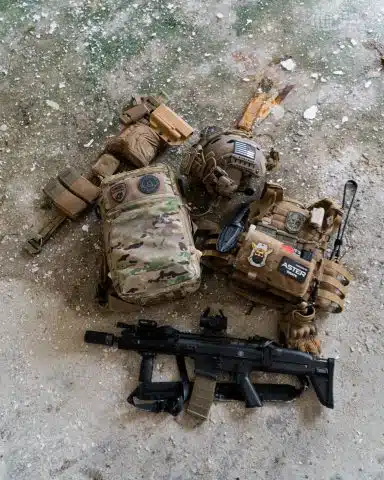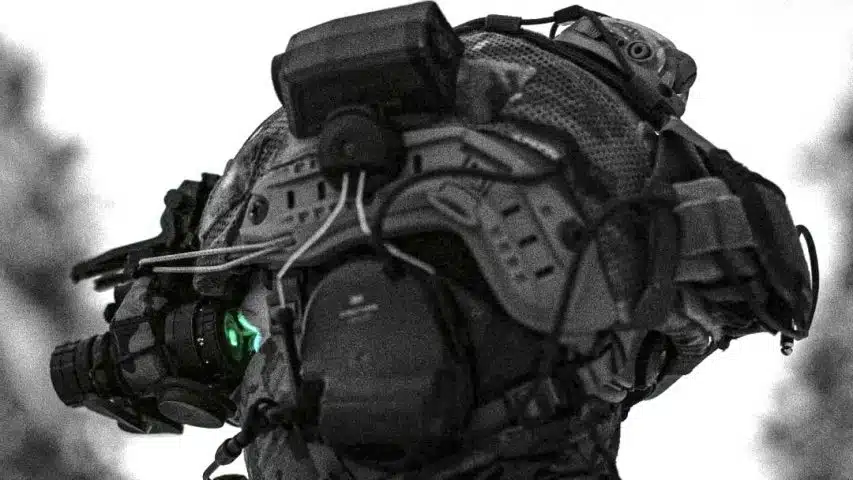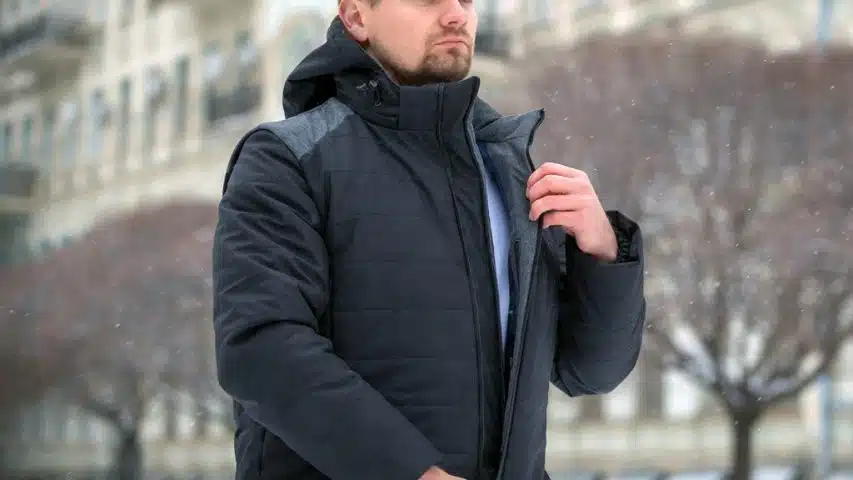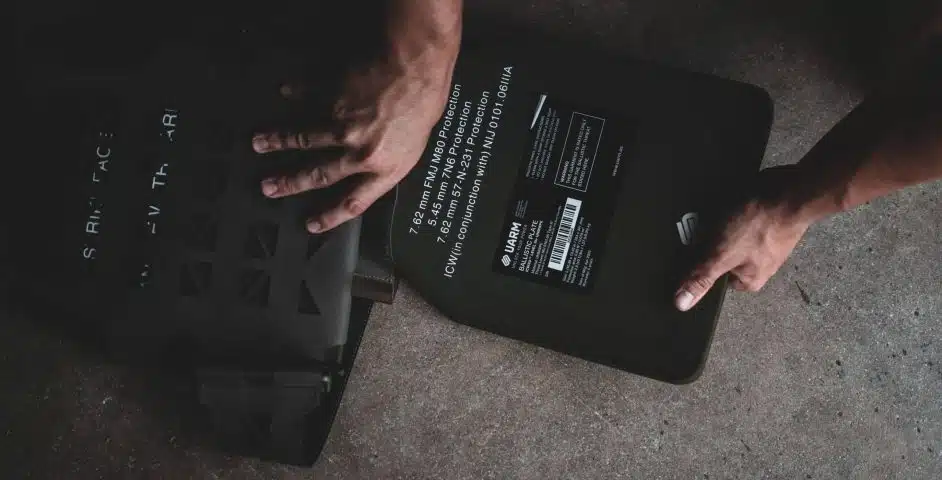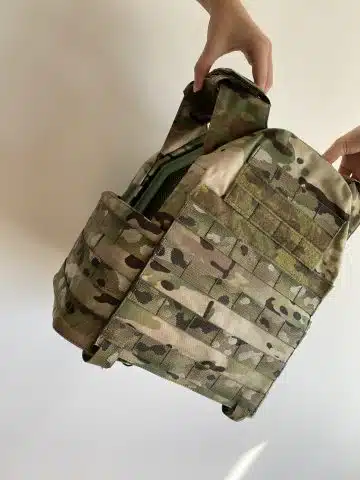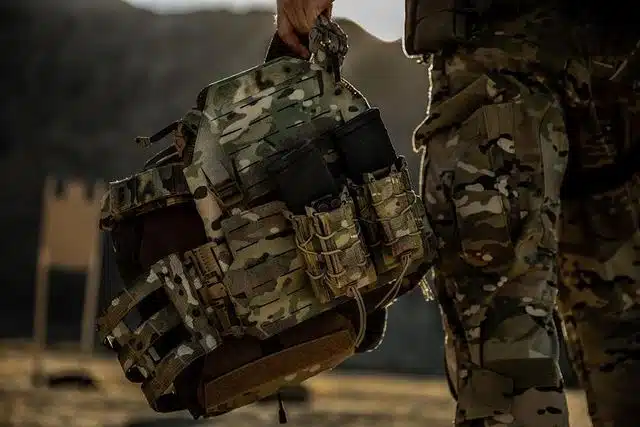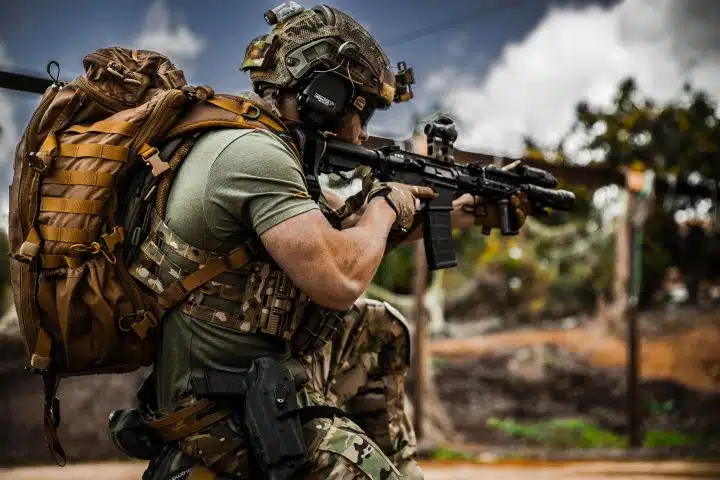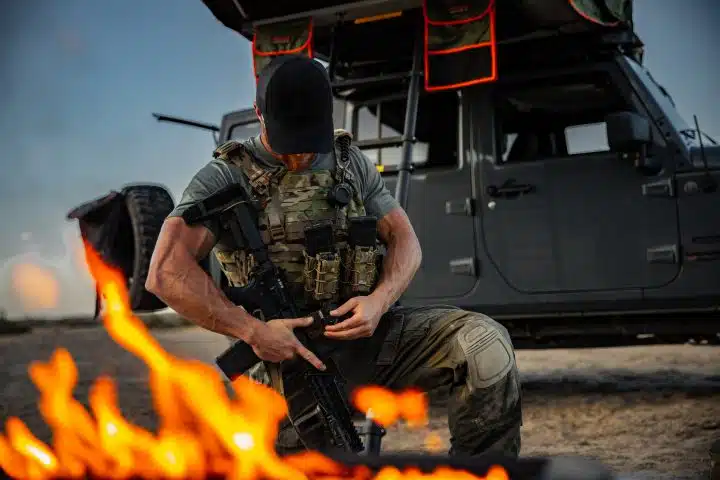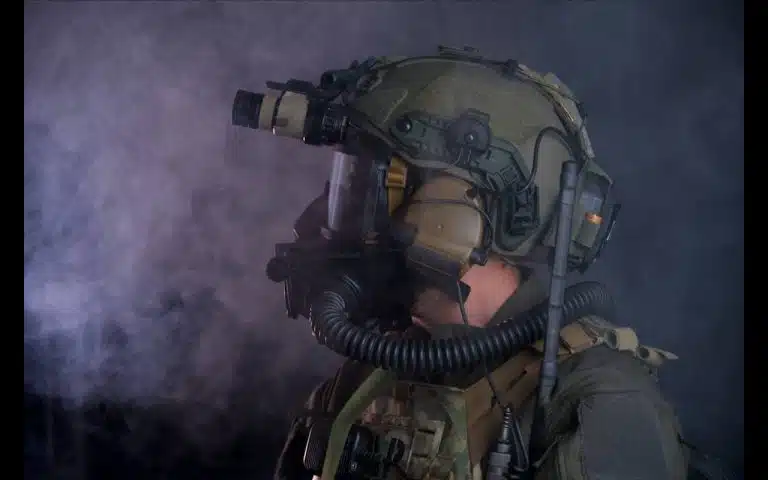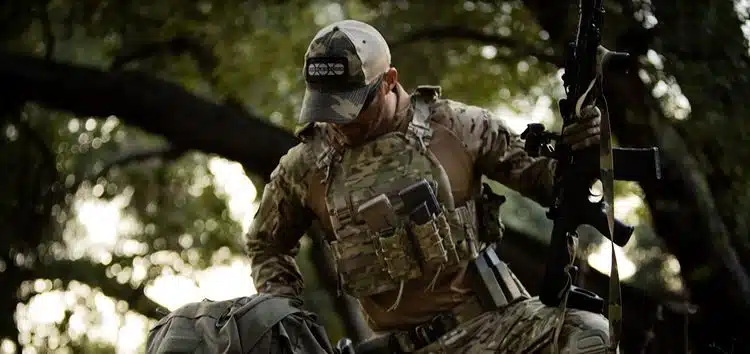It is reasonable that not many people want to admit that the medical kit is the most necessary item you will have on you because it may sound like planning for failure. But, increasing your rate of recovery is much more important in the field than anyone who hasn’t used it may realize.
A good medical kit, as well as reasonable proficiency in using it, will save our life and your mission in several ways. Mainly, it will protect from three things:
- Terrain damage accumulation
- Flesh wound infection
- Preventable fatalities
Medical Kit Team Distribution
The single most dangerous idea a combatant or operator might have is that they are the next incarnation of John Rambo and that it is possible for them to deal with the mission by themselves. While there are specific tasks that are best suited for a single operator, that is never the case with the whole mission. Any organized military will try their best to remove any notion of this idea as quickly as possible. Anyone on the team who believes that they are the only person necessary is a liability. When this truth is applied to the emergency medical kit, the question that follows is distribution. In regular fire teams, which is currently the most frequent unit of soldiers operating in proximity, out of the four soldiers at least one should be highly proficient with emergency kits, and ideal have field surgical training. That person will also have an advanced army medical kit with tools to do quick field surgery that would stabilize anyone from serious wounds that can be sustained from firearms or shrapnel. Everyone else can have a basic first aid kit with some extra items if necessary. Every operation needs to know how to use the emergency life saving armor pouch they are carrying with them and should have at least a marginal competence in using the main kit that is carried by the squad or fire team medic.Medical Kit Contents
Military medical kits can be divided into two distinct categories. The first, and also one that should be carried even by operators in non-military situations, is the IFAK or individual first aid kit. The second type is the advanced aid kit that would be carried by the medical specialist, who would ideally be a person under less risk to be seriously injured themselves. This kit will be bigger and would have the necessary tools for field surgery if necessary. The IFAK is much simpler, usually being only slightly bulkier than an average MOLLE ammo pouch. And will contain the first aid kit that would rarely last more than a week of being on an active mission before it would need to be refilled.Basic Contents
The basic contents of the individual first aid kit can vary significantly. While there are some options out there with a lot of items, the actual number of crucial emergency kit gear is very limited. The key items are:- Sterile gloves
- Sterile gauze
- Tourniquet
- Trauma shears
- Bandages
- Antibiotics
- CPR masks
- Marker pens
- Space blanket
- Micropore tape
- Washproof assorted wallet
- Triangular bandage
Advanced Med Kits
Advanced army medical kits can’t be called first aid kits because they may contain a lot more than first aid and often consist of rudimentary surgery equipment. What will be inside will depend on the composition of the unit, terrain, as well as the possible injuries that are expected, but can include:- Surgical knives/scalpels
- Sterile strings
- Sterile sowing kit
- Bioglue
- Painkillers
- Antihistaminic medicine
- Adrenaline
